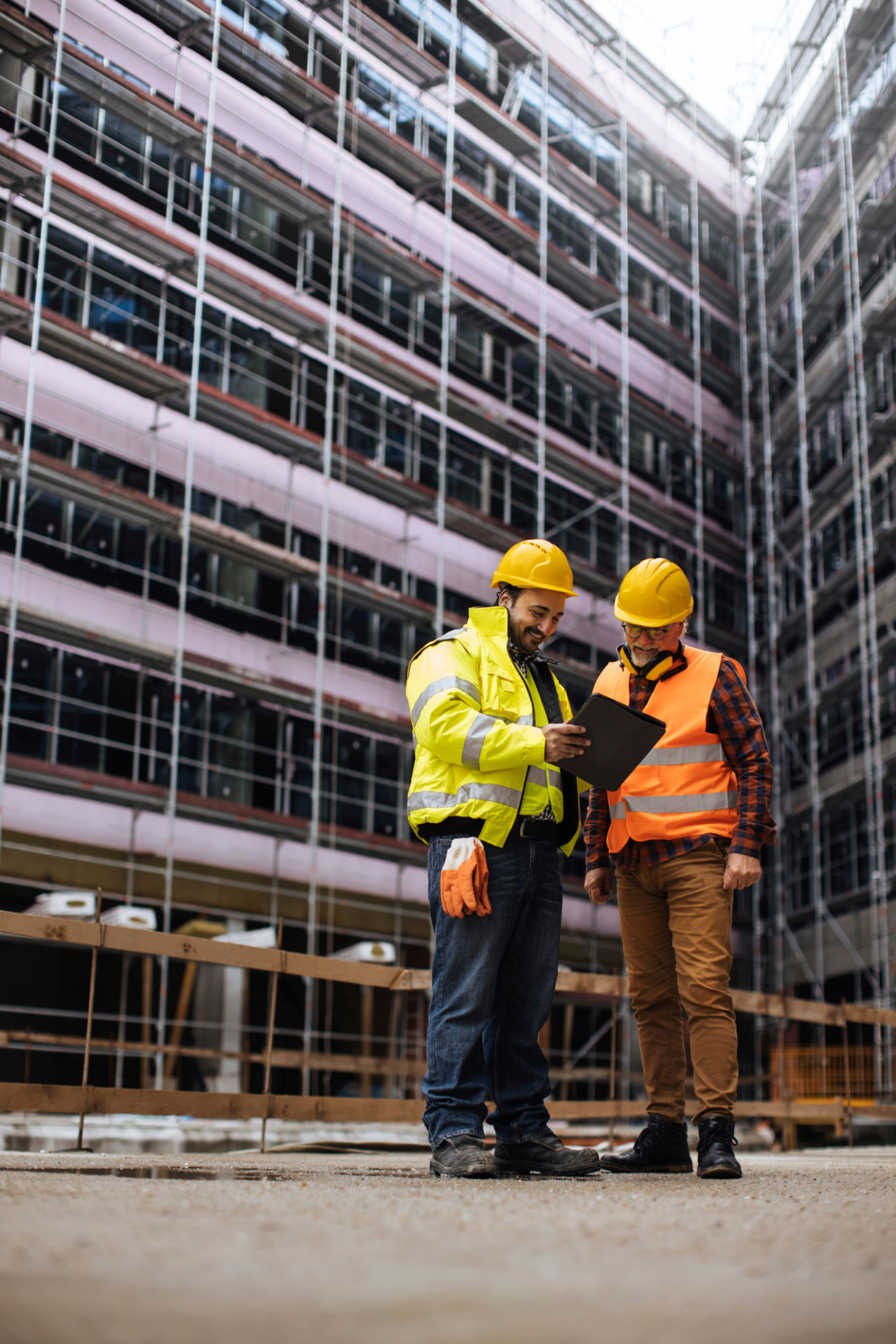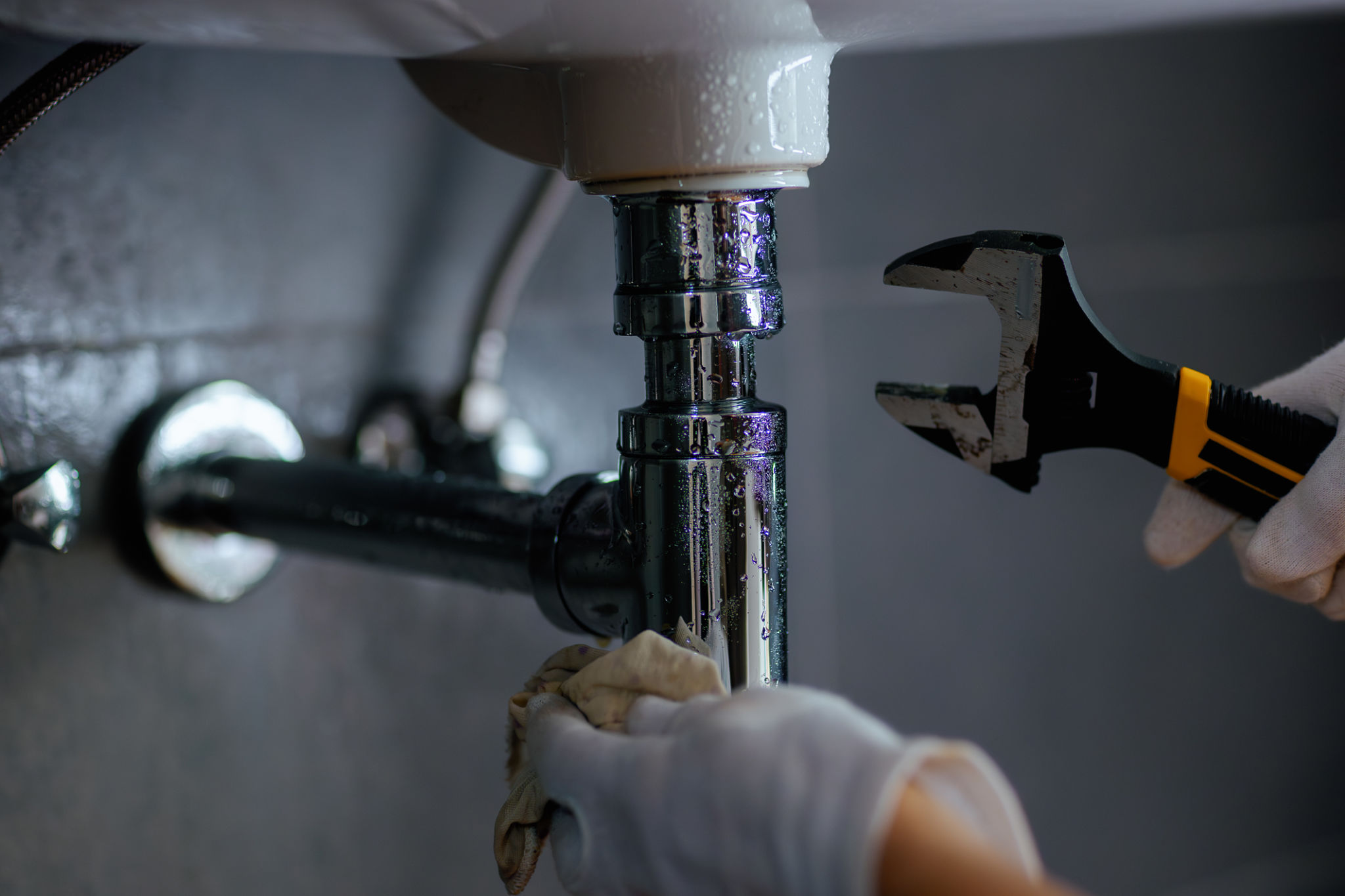Case Study: Successful Pipe Installation for Local Retail Shops in Shenzhen
Introduction
In the bustling city of Shenzhen, local retail shops rely on efficient infrastructure to ensure smooth operations and customer satisfaction. One critical aspect of this infrastructure is the pipe systems that support water supply, drainage, and ventilation. Recently, a successful pipe installation project was carried out for several local retail shops, highlighting the importance of strategic planning and execution in infrastructure projects.

Project Overview
The pipe installation project in Shenzhen focused on upgrading outdated systems in several retail shops. The main goal was to enhance water flow efficiency, prevent leaks, and improve overall safety standards. The project involved meticulous planning and collaboration among various stakeholders, including engineers, contractors, and shop owners.
One of the key challenges was minimizing disruption to the daily operations of these businesses. Therefore, a phased approach was adopted, allowing work to be completed outside of peak business hours. This not only ensured a smooth transition but also maintained customer convenience.
Implementation Strategy
The implementation strategy was divided into several phases:
- Assessment and Planning: Initial assessments were conducted to understand the specific needs and challenges of each shop. Detailed blueprints were developed to tailor solutions accordingly.
- Material Selection: High-quality, durable materials were selected to ensure longevity and efficiency of the pipe systems. This included corrosion-resistant pipes and fittings.
- Execution: Skilled technicians carried out the installations, adhering to stringent safety protocols and quality standards.

Challenges Encountered
Despite careful planning, the project faced several challenges. Some shops were located in older buildings, which had structural limitations. Adaptations were made to accommodate these constraints, ensuring that the installations met modern safety standards without compromising the integrity of the buildings.
Another challenge was coordinating with multiple stakeholders, each with their own schedules and operational requirements. Effective communication and flexibility were key in overcoming these obstacles, ensuring that all parties were aligned and informed throughout the process.
Outcomes and Benefits
The successful completion of the pipe installation project brought numerous benefits to the retail shops involved. Some of the key outcomes included:
- Improved water pressure and flow efficiency, enhancing the customer experience.
- Reduced risk of leaks and water damage, leading to lower maintenance costs.
- Compliance with updated safety and environmental regulations, safeguarding both employees and customers.

Lessons Learned
This project provided valuable insights into effective infrastructure upgrades in urban environments. One crucial lesson learned was the importance of stakeholder collaboration and communication. By involving all parties early in the process, potential issues were identified and addressed proactively.
Additionally, investing in high-quality materials and skilled labor proved to be a wise decision, resulting in a reliable and efficient pipe system that will serve the shops for years to come.
Conclusion
The successful pipe installation for local retail shops in Shenzhen serves as a model for similar projects in urban settings. By prioritizing planning, quality, and collaboration, businesses can achieve infrastructure upgrades that enhance operations and customer satisfaction. As Shenzhen continues to grow, such projects will play a vital role in supporting the city's dynamic retail landscape.